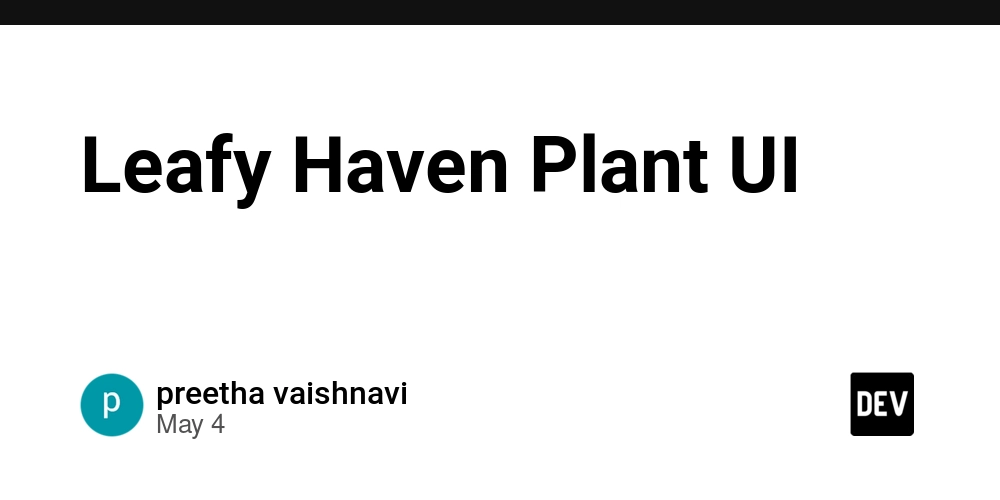In the ever-evolving world of backend development, security is no longer just a checkbox-it’s a critical pillar of every successful application. As Java and Spring Boot continue to power enterprise systems, the adoption of OAuth has become essential for protecting APIs and user data in a scalable, flexible way. OAuth isn’t just another security protocol. It’s a robust framework that empowers secure authorization, enabling applications to access resources without exposing user credentials. This is especially important as we move toward microservices architectures and cloud-native environments, where traditional security models often fall short. With Spring Boot’s seamless integration of OAuth, developers can implement secure authentication and authorization flows with minimal friction. This not only enhances user experience but also ensures compliance with modern security standards. But here’s the real question: How are you leveraging OAuth in your Java projects? Are you facing challenges with token management, user consent, or integrating with third-party providers? Or have you discovered best practices that make your security architecture shine? Let’s spark a conversation! Share your experiences, challenges, and insights about implementing OAuth with Java and Spring Boot. Your input could help others navigate the complex world of application security. Java #SpringBoot #OAuth #Security #Microservices #Cloud #BackendDevelopment #APISecurity #SpringSecurity #DevCommunity What’s been your biggest win-or challenge-with OAuth in your projects? Let’s discuss!

In the ever-evolving world of backend development, security is no longer just a checkbox-it’s a critical pillar of every successful application. As Java and Spring Boot continue to power enterprise systems, the adoption of OAuth has become essential for protecting APIs and user data in a scalable, flexible way.
OAuth isn’t just another security protocol. It’s a robust framework that empowers secure authorization, enabling applications to access resources without exposing user credentials. This is especially important as we move toward microservices architectures and cloud-native environments, where traditional security models often fall short.
With Spring Boot’s seamless integration of OAuth, developers can implement secure authentication and authorization flows with minimal friction. This not only enhances user experience but also ensures compliance with modern security standards.
But here’s the real question: How are you leveraging OAuth in your Java projects? Are you facing challenges with token management, user consent, or integrating with third-party providers? Or have you discovered best practices that make your security architecture shine?
Let’s spark a conversation! Share your experiences, challenges, and insights about implementing OAuth with Java and Spring Boot. Your input could help others navigate the complex world of application security.
Java #SpringBoot #OAuth #Security #Microservices #Cloud #BackendDevelopment #APISecurity #SpringSecurity #DevCommunity
What’s been your biggest win-or challenge-with OAuth in your projects? Let’s discuss!






































































































































































![[The AI Show Episode 145]: OpenAI Releases o3 and o4-mini, AI Is Causing “Quiet Layoffs,” Executive Order on Youth AI Education & GPT-4o’s Controversial Update](https://www.marketingaiinstitute.com/hubfs/ep%20145%20cover.png)



























































































































![[DEALS] Microsoft 365: 1-Year Subscription (Family/Up to 6 Users) (23% off) & Other Deals Up To 98% Off – Offers End Soon!](https://www.javacodegeeks.com/wp-content/uploads/2012/12/jcg-logo.jpg)




![From Art School Drop-out to Microsoft Engineer with Shashi Lo [Podcast #170]](https://cdn.hashnode.com/res/hashnode/image/upload/v1746203291209/439bf16b-c820-4fe8-b69e-94d80533b2df.png?#)








































































































(1).jpg?#)































_Inge_Johnsson-Alamy.jpg?width=1280&auto=webp&quality=80&disable=upscale#)












































































































![Apple to Split iPhone Launches Across Fall and Spring in Major Shakeup [Report]](https://www.iclarified.com/images/news/97211/97211/97211-640.jpg)
![Apple to Move Camera to Top Left, Hide Face ID Under Display in iPhone 18 Pro Redesign [Report]](https://www.iclarified.com/images/news/97212/97212/97212-640.jpg)
![Apple Developing Battery Case for iPhone 17 Air Amid Battery Life Concerns [Report]](https://www.iclarified.com/images/news/97208/97208/97208-640.jpg)
![AirPods 4 On Sale for $99 [Lowest Price Ever]](https://www.iclarified.com/images/news/97206/97206/97206-640.jpg)

































![[Updated] Samsung’s 65-inch 4K Smart TV Just Crashed to $299 — That’s Cheaper Than an iPad](https://www.androidheadlines.com/wp-content/uploads/2025/05/samsung-du7200.jpg)


































































